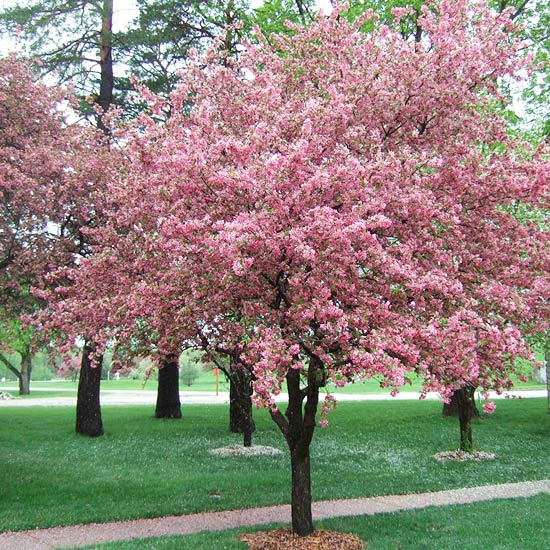





There's some science and a dash of magic involved in coaxing plants to achieve their potential. Learning the secret ingredients for plant growth -- food, light, and water -- gives you the tools to create a healthier, more productive garden.

Air and rain (or other water) in your garden already supplies the carbon, hydrogen, and oxygen every plant needs to grow. As a gardener, you can help provide the other three key nutrients plants need: nitrogen, phosphorus, and potassium, also known by their scientific abbreviations, N-P-K.
Nitrogen helps plants produce more chlorophyll, which especially promotes healthy leaves. Phosphorus encourages more and bigger blooms. And potassium builds roots and creates a stronger plant that deals better with drought and diseases.
The three numbers you often see listed on a package of fertilizer represent the N-P-K inside. The numbers indicate the percentage, by weight, of each ingredient.
Plants also need secondary nutrients such as magnesium and calcium, and tiny amounts of trace elements, including boron and iron. Test your soil to find out if it needs a boost with these minerals.
Healthy soil that's rich in organic matter usually provides your plants with enough nutrition so you don't need supplemental fertilizer. Amend your soil with compost and other organic products, such as fish emulsion (get a scent-free form).
Some plants, such as annuals and plants in pots, may need extra N-P-K to sustain continued growth and bloom.
Discover how to create a healthy, low-upkeep landscape with our tips.
Plants make their own food molecules -- the process of photosynthesis -- using the energy they get from light, usually in the form of sunlight. Delivering light to leaves is crucial for plant growth.
Vegetables and many blooming plants grow best with a lot of light. So how much light is necessary? Generally when a seed packet or plant tag indicates "full sun," the plant needs at least 6 hours of direct sunlight every day. But your plants may need less direct sun when temperatures are high, or they may need shelter from the blast of the hottest sunlight in late afternoon.
Other plants need less light. Check the plant tag or seed packet to determine where to place your plants so they get the right light for optimal growth.
Many people think that water is the secret to plant growth and just keep pouring it on. But plants can just as easily die of overwatering as underwatering.
Your soil type determines how often you need to water in addition to rainfall. Organic material in your soil absorbs many times its own weight, leaving oxygen pockets between soil particles. Without oxygen, plant roots can suffocate and die.
Clay soil, on the other hand, has fewer spaces between soil particles. It takes longer to become saturated and can retain water. Sandy soils hold very little water.
If your plant shows wilting, yellowing, drying foliage, dropping leaves, or twig dieback, don't automatically assume it needs water. Using a trowel or your finger, examine the soil 2-4 inches below the surface to see if it is dry or wet, and act accordingly.
Plants in containers need watering more often than plants in the ground, and shallow-rooted annual flowers and vegetables need more water than deeper-rooted perennials, shrubs, and trees.
In dry situations, an easy way to retain moisture and reduce watering chores is to add 3-4 inches of mulch around your plants. Organic mulches, such as shredded bark, cocoa hulls, straw, or other materials, break down over time and add nutrients to your soil in addition to retaining moisture.
Learn more about amending clay soil.
Copyright © www.100flowers.win Botanic Garden All Rights Reserved